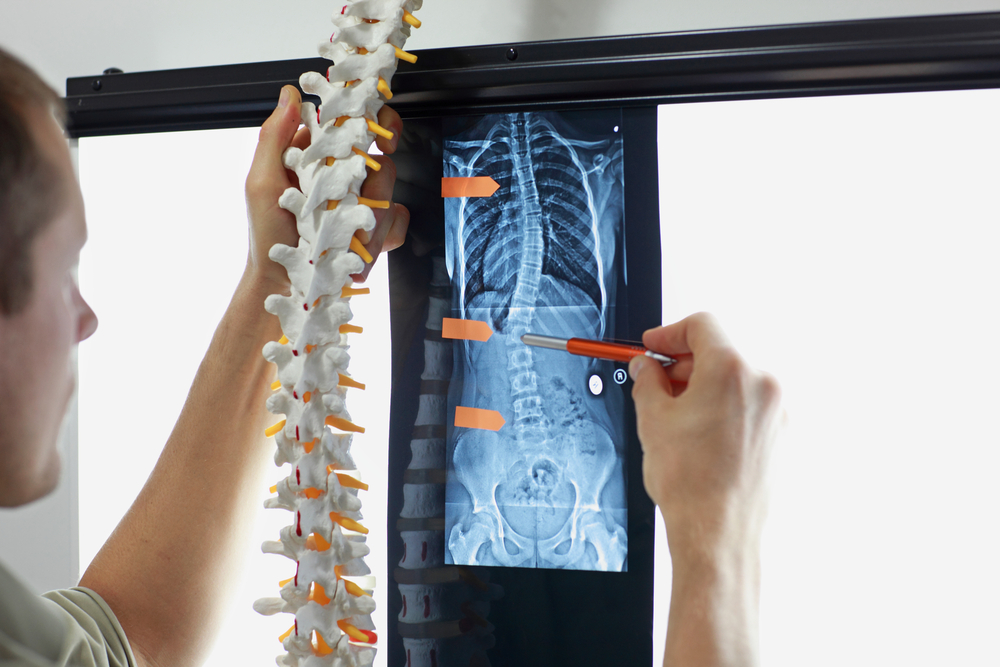Scoliosis is a sideways arch of the spine that happens frequently during the development spurt just before puberty. While scoliosis can be brought about by conditions like paralysis and muscle dystrophy, the reason for most scoliosis is obscure.
Most instances of scoliosis are mild at first, yet a few children may have spine disfigurements that keep on getting increased as they grow. Severe scoliosis can be crippling. A particularly serious spinal curve can diminish the measure of space inside the chest, making it difficult for the lungs to work appropriately.
Children who have mild scoliosis are checked intently, utilizing X-rays, to check whether the curve is deteriorating. In many cases, no treatment is needed. Some children should wear a support brace to prevent the curve from increasing. Others may require surgery to keep scoliosis from worsening and to fix serious cases of scoliosis.


